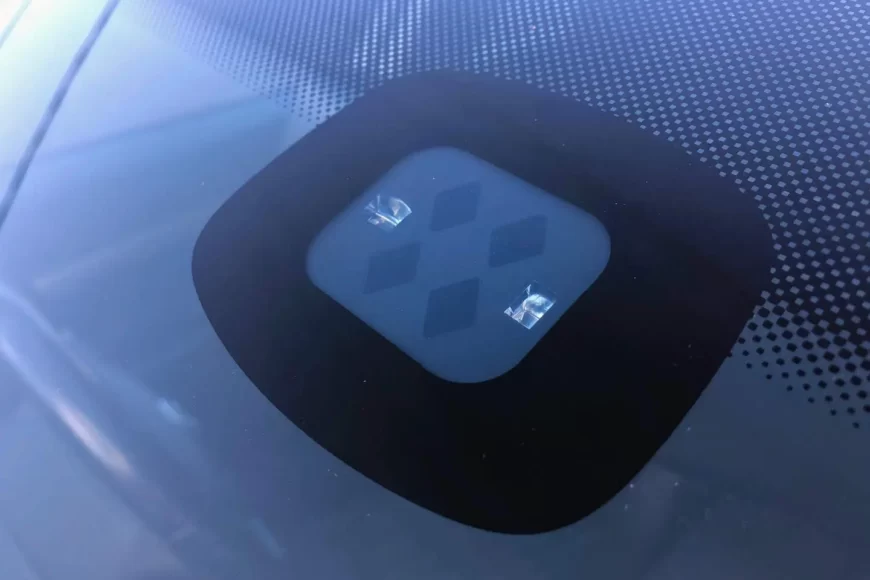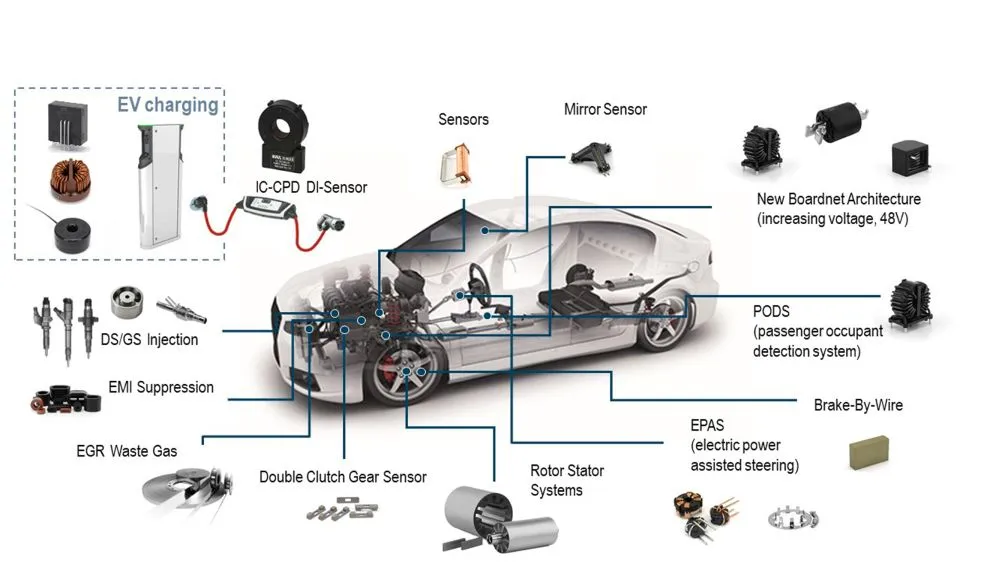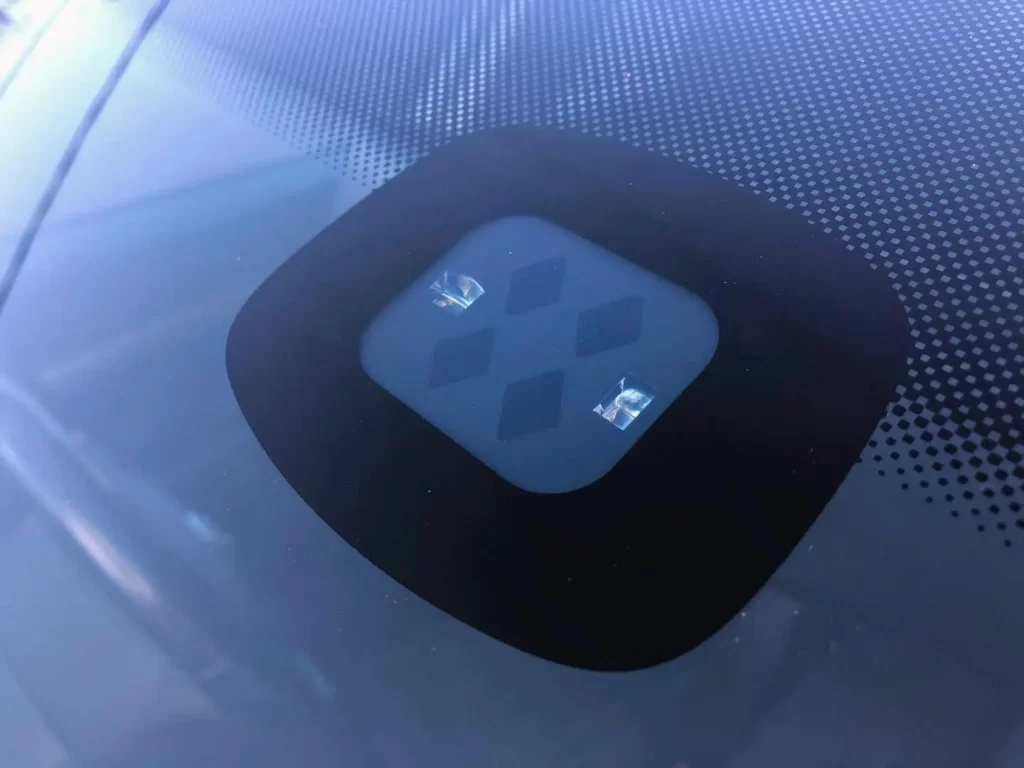- December 1, 2023
- By 60 Minute Website Challenge
- In Service Areas, windscreen maintenance, windscreen replacement, windshield repair near me
- Tags repair near me, windscreen repair, WINDSCREEN REPLACEMENT
- 5
- 0


Revolutionizing the Road: The High-Tech Design of EV Car Windscreen Sensors Picture a future where your car becomes more than just a mode of transportation, but a true extension of yourself—an intelligent partner that understands your needs and keeps you safe on the road. This futuristic vision is becoming a reality with the emergence of electric vehicles (EVs) and their high-tech innovations, such as advanced sensors. Among these cutting-edge technologies, one stands out in particular: the EV car windscreen sensor. In this blog post, we delve deep into the world of automotive engineering to explore the fascinating realm of EV car windscreen sensors and their revolutionary high-tech design. Prepare to be amazed as we uncover the intricate details behind these sensors, delving into their purpose, functionality, and the remarkable impact they have on the driving experience. As we embark on this journey, we’ll uncover how these sensors are reshaping the automotive industry and paving the way for a safer, more connected future. From their ability to detect and interpret various environmental factors to their integration with state-of-the-art control systems, EV car windscreen sensors have transformed the way we perceive and interact with our vehicles. But what exactly makes these sensors so special? How do they work, and what sets them apart from traditional car sensors? Join us as we answer these questions and more, shedding light on the intricate technology that lies beneath the sleek surface of your EV’s windscreen. So buckle up and get ready to dive into a world of innovation and cutting-edge design. By the end of this blog post, you’ll have a newfound appreciation for the remarkable capabilities of EV car windscreen sensors and their potential to revolutionize the way we drive.

EV car windscreen sensors serve a crucial purpose in the overall functionality and safety of electric vehicles. These sensors are designed to detect and interpret various environmental factors, providing valuable information to the vehicle’s control systems. By doing so, they enable the vehicle to make informed decisions and adjustments in real-time, ensuring a smooth and safe driving experience.
One of the primary purposes of EV car windscreen sensors is to detect and monitor the presence of other vehicles on the road. This is essential for enabling advanced driver assistance systems (ADAS) such as adaptive cruise control and collision avoidance. By constantly analyzing the surrounding traffic, these sensors help the vehicle maintain a safe distance from other cars and react promptly to potential hazards.
In addition to detecting other vehicles, EV car windscreen sensors also play a crucial role in identifying pedestrians, cyclists, and other vulnerable road users. With their advanced detection capabilities, these sensors can help prevent accidents by alerting the driver or even autonomously applying emergency braking if necessary.
Furthermore, EV car windscreen sensors are instrumental in detecting and interpreting road conditions. They can identify factors such as rain, snow, fog, or glare from sunlight that may affect visibility. This information allows the vehicle’s control systems to adjust parameters like wiper speed or headlight intensity accordingly, ensuring optimal visibility for the driver.

The functionality of EV car windscreen sensors relies on advanced technologies such as LiDAR (Light Detection and Ranging), radar, cameras, and ultrasonic sensors. These technologies work together seamlessly to provide comprehensive data about the vehicle’s surroundings.
LiDAR technology uses laser beams to measure distances accurately and create detailed 3D maps of the environment around the vehicle. This allows for precise object detection and tracking, even in challenging conditions. Radar sensors, on the other hand, use radio waves to detect objects and determine their distance and speed. They are particularly effective in adverse weather conditions where visibility may be compromised.
Cameras play a crucial role in EV car windscreen sensors by capturing visual information about the surroundings. They can identify lane markings, traffic signs, and traffic lights, providing essential data for advanced driver assistance systems. Ultrasonic sensors complement these technologies by detecting objects at close range, helping with parking maneuvers and low-speed obstacle detection.
All these sensor technologies work together in a synchronized manner to provide a comprehensive view of the vehicle’s environment. The data collected by these sensors is then processed by sophisticated algorithms that analyze and interpret it in real-time. This enables the vehicle’s control systems to make informed decisions based on the current driving conditions.
EV car windscreen sensors are capable of detecting various environmental factors that can impact the driving experience. These factors include:

EV car windscreen sensors offer several advantages over traditional car sensors, making them an integral part of modern electric vehicles. Some of these advantages include:
EV car windscreen sensors rely on a combination of advanced technologies to provide accurate and reliable data about the vehicle’s surroundings. Some of the key technologies used in these sensors include:
The safety features enabled by EV car windscreen sensors are instrumental in preventing accidents and ensuring a secure driving experience. Some of these safety features include:
In conclusion, EV car windscreen sensors are revolutionizing the way we drive by introducing high-tech innovations that enhance safety and improve overall driving experience. These sensors serve a crucial purpose in detecting and interpreting various environmental factors, enabling advanced driver assistance systems and ensuring optimal visibility for drivers.
Their advanced technology, including LiDAR, radar, cameras, and ultrasonic sensors, allows for precise object detection and tracking in various driving conditions. The integration of these technologies provides comprehensive data about the vehicle’s surroundings, empowering control systems to make informed decisions in real-time.
EV car windscreen sensors offer several advantages over traditional car sensors, including enhanced safety, better visibility, and seamless integration with advanced driver assistance systems. These sensors are at the forefront of automotive innovation, paving the way for a safer and more connected future on the roads.
The field of EV car windscreen sensor technology is continuously evolving, with ongoing developments and innovations pushing the boundaries of what these sensors can achieve. Some future developments to look forward to include:
A number of leading electric vehicle brands have embraced advanced windscreen sensor technology to enhance the capabilities of their vehicles. Some notable examples include:
Book your appointment now and get 10% discount.
And give us google 5 Stars feedback and get a free drink on us.
MAKE APPOINTMENT



